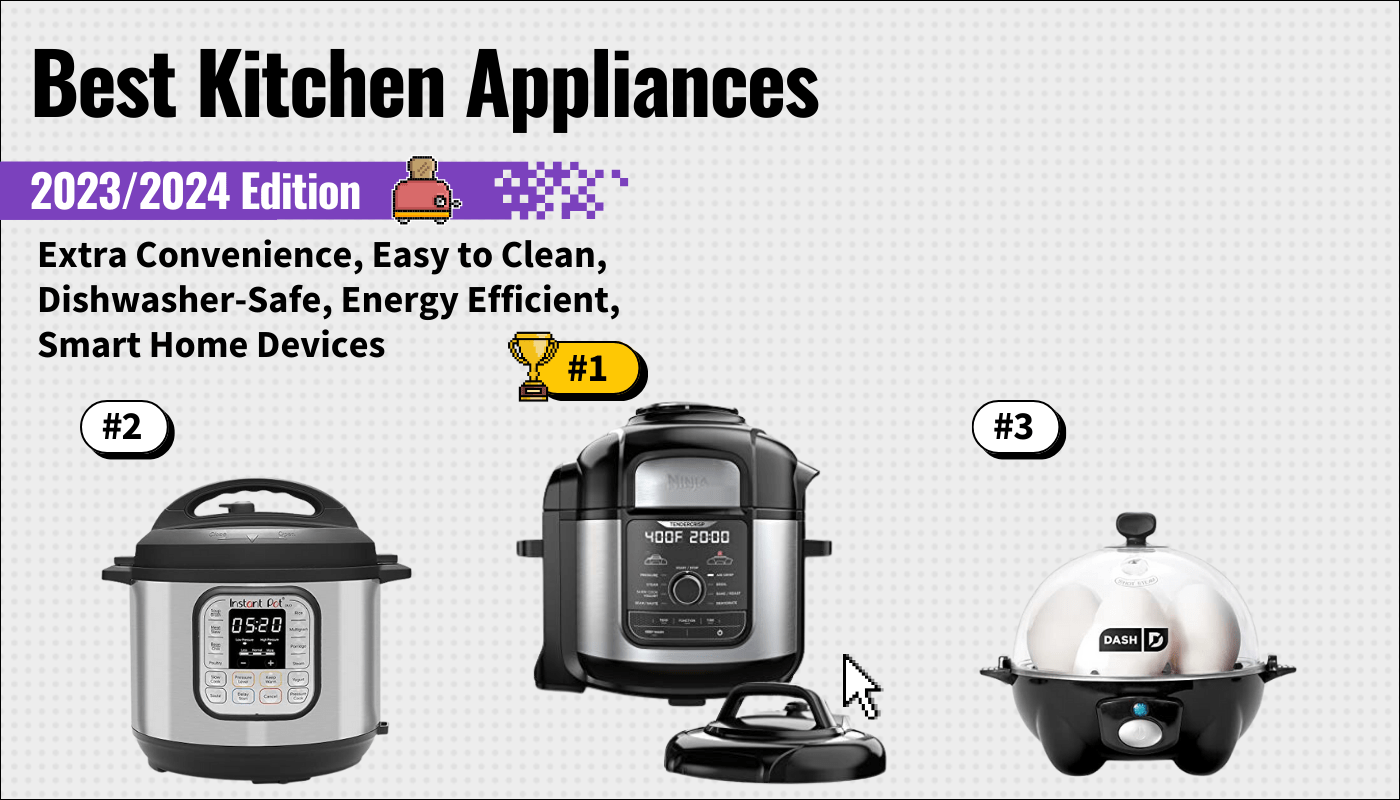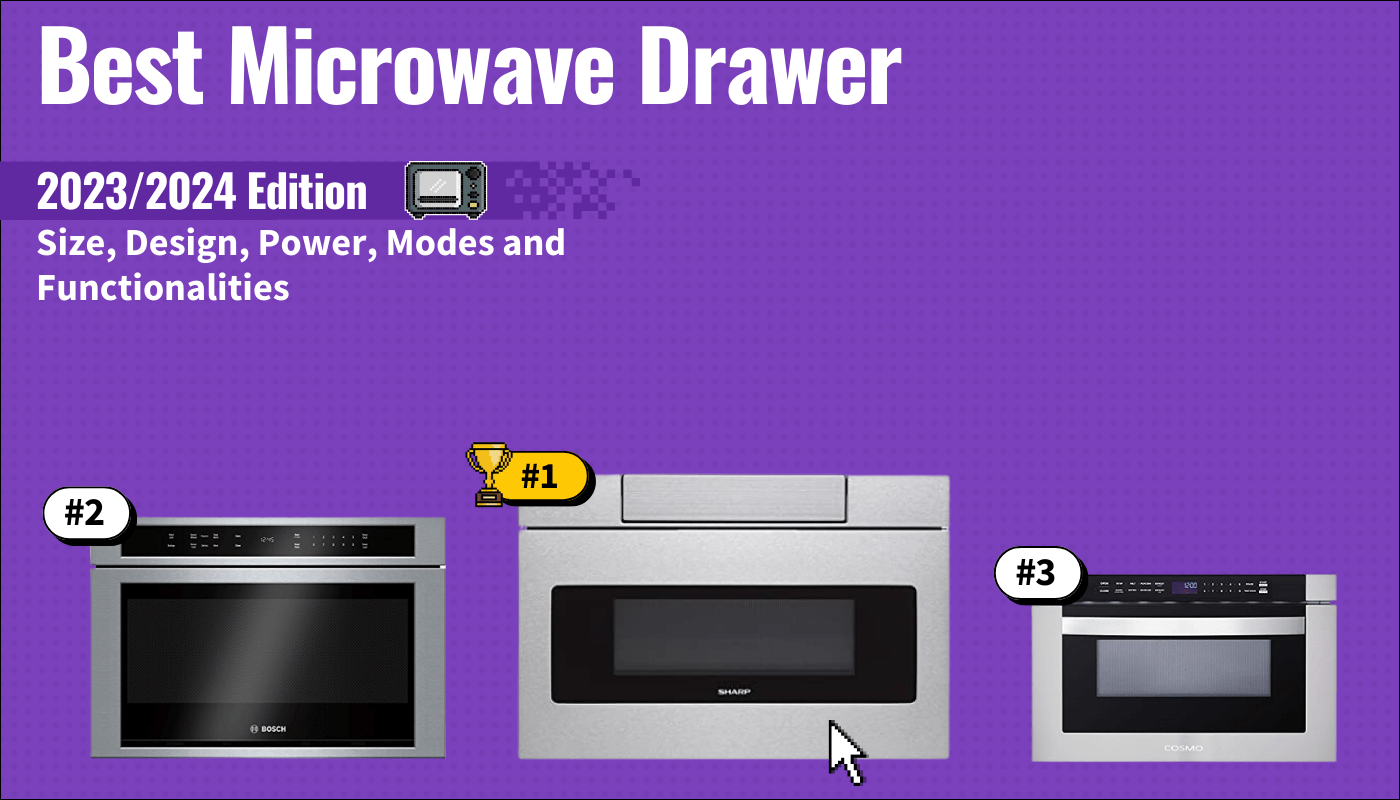The best smart toilet we researched was easily the Woodbridge B-0960S Smart Toilet. This bidet offers up a number of innovative technologies, including self-heating, deodorizing, and automatic flushing, in addition to shipping with a best-in-class remote control for additional customization.
To help you find the best smart toilet for your bathroom setup, we have researched a multitude of top models, researching them for efficiency, making sure that they excelled first and foremost at waste disposal, and integration with common smart technologies, including automatic flushing and the capabilities to deodorize on command. We also liked model items made from high-quality components and those that were rated for long-lasting use. Keep reading to learn more about the Woodbridge B-0960S Smart Toilet and the other models on this list.
If you’re here for other bathroom items, you’ll want to take a look at our list of the best plain toothbrush.
Top 7 Best Smart Toilets
#1 Woodbridge B-0960S Smart Toilet
Award: TOP PICK
WHY WE LIKE IT: Luxury smart toilet with a number of impressive features, including a self-heating seat, a built-in deodorizer, and a fantastic remote control that allows for an array of customization features.
- Self-heating design and built-in deodorizer
- Remote allows for plenty of customization
- Hands-free operation
- Extremely heavy, at 151 lb
- Can be frustrating to install
The Woodbridge B-0960S Smart Toilet brings some impressive features to the fore, including a self-heating toilet seat, a built-in deodorization system that uses a suite of high-quality air purifiers, and the capabilities for hands-free operation, with an automatic flush. We also loved the included remote control, which allows for a number of customization options, including water pressure, water temperature, seat temperature, and more. This intelligent toilet also features a feminine wash and posterior wash functionalities.
The installation procedure on this smart toilet is not simple, however, and may require a professional, though we managed to get it set up in a couple of hours. Additionally, it is an extremely heavy product, at 151 pounds, which further complicated the installation.
#2 Ove Decors Smart Toilet
Award: HONORABLE MENTION
WHY WE LIKE IT: Smart toilet with an energy-efficient design that meets strict EPA water conservation standards, with a built-in LED night light, for convenience, and offering a similar hands-free operation as found with our top pick.
- Energy efficient to meet EPA standards
- LED night light
- Hands-free operation with remote for customization
- On the expensive side
- No built-in air purifiers as found with top pick
The Ove Decors Smart Toilet is WaterSense certified and meets strict EPA standards regarding water conservation, which means that this product is not only eco-friendly but will save around 20 percent on your yearly water bill. We also loved the built-in LED night light and a number of high-tech features in line with our top pick, including a customizable remote control, a self-flushing design, and a self-heating toilet seat.
This is an expensive product, however, and price should be taken into consideration before making a purchase. Also, this smart toilet does not have any built-in air purifiers, such as those found with our top pick, for the purposes of deodorization.
#3 Euroto Luxe Smart Toilet Seat
Award: EASIEST TO INSTALL
WHY WE LIKE IT: Detachable bidet/seat design that gets installed to a pre-existing toilet, with plenty of high-tech features, including the ability for multiple users to save customized settings and a robust self-cleaning feature.
- Works very well in older homes
- Multiple wash functionalities
- Self-cleaning feature
- Expensive for what is essentially just a bidet seat
- Only fits round and oval toilet shapes
This Euroto Luxe Smart Toilet Seat affixes to a pre-installed toilet, so installation is a breeze, and it offers several high-end functionalities in line with our top picks, including a self-cleaning design and multiple wash selections, including options for feminine washes and posterior washes. We also loved the included remote control, which lets multiple users save personalized settings along several metrics, including water temperature and wash type, among other options, making this the best smart toilet seat we researched.
This is not a full smart toilet, however, and is on the expensive side, compared to other smart bidet seats featured on this list. Additionally, this product is designed to only fit round and oval toilet shapes.
#4 SmartBidet SB-1000 Smart Toilet Seat
Award: BEST BOWL SIZE OPTIONS
WHY WE LIKE IT: Extremely easy to install, with a snap-on design, and is available in multiple sizes to suit different toilet bowl types, with an adjustable nozzle and multiple water pressure and temperature options.
- Easiest to install
- Multiple water pressure and temperature options
- Adjustable nozzle
- Weight capacity 330 lb
- No built-in night light
The SmartBidet SB-1000 Smart Toilet Seat is the easiest model to install on a pre-existing toilet on this list, thanks to a snap-on functionality and availability in a variety of sizes to suit different toilet bowl shapes. We also loved the high-tech features, including a remote control that allows for multiple water pressure and temperature adjustments, with a nozzle that can be moved to five different locations for multiple types of washes.
Though we found this toilet seat to be durable, the company recommends a maximum weight capacity of 330 pounds, which may not suit all consumers. Additionally, there is no built-in night light, which is a feature we enjoyed with other products on this list.
#5 Lotus ATS-800 Smart Toilet Seat
Award: BEST FOR HEMORRHOIDS
WHY WE LIKE IT: Incredibly effective for a range of health issues, including hemorrhoids, thanks to a nozzle that produces a gentle and warm stream of water that can be aimed at problem areas.
- Compatible with a lot of toilet shapes
- Effective air dryer
- Powerful turbo wash functionality
- Can only spray warm water for around 45 seconds
- No night light
This Lotus ATS-800 Smart Toilet Seat features an easy-install design that fits most toilet shapes, with a highly adjustable nozzle that is perfect for a range of health ailments, including hemorrhoids. We also loved the built-in air dryer, which offers five speeds, and the ultra-powerful turbo wash functionality, in addition to a number of other wash types.
Though we did appreciate the included warm water reservoir that ships with this bidet, we did notice that it only holds enough warm water to spray for around 45 seconds, which is slightly less than some models on this list. Also, there is no included LED night light, a feature we have enjoyed in other picks.
#6 UFFU C200e Electric Smart Toilet Seat
Award: BEST BUILT-IN INTERFACE
WHY WE LIKE IT: Highly intuitive built-in control panel, which allows for a number of customization options, with massage functionality and a compact design that is comfortable to sit on.
- Hot and cold massage capability
- Excels with elongated toilet bowl shapes
- Compact design is comfortable
- May not fit all toilet shapes
- Self-cleaning not as effective as number 3 pick
The UFFU C200e Electric Smart Toilet Seat gets affixed to a pre-existing toilet and excels with elongated bowl shapes, with a built-in control panel that offers superior control while sitting down to relax. We also loved the hot and cold water massage functionality, which can be relaxing, and the compact design, which we found to be extremely comfortable throughout long use sessions.
Though this smart toilet seat excels in elongated bowl shapes, it may not fit every pre-existing toilet, so make sure it will fit your toilet before purchasing. Also, the self-cleaning nozzles here are not quite as effective as what shipped with our number three pick, though they get the job done.
#7 ELMWAY EB-645R Electric Smart Toilet Seat
We’re sorry, this product is temporarily out of stock
Award: BEST ON A BUDGET
WHY WE LIKE IT: Budget-friendly smart toilet seat with a full range of high-end features, including a child wash functionality, a heated seat, and a remote control that allows for multiple adjustments.
- Great for kids
- Remote control allows full range of adjustments
- Included functionality to adequately wash children
- May not fit every bowl shape
- Night light requires batteries
The ELMWAY EB-645R Electric Smart Toilet Seat comes in at a budget-friendly price point while offering many features in line with the other affixable toilet seat designs on this list, including a heated seat and a remote control that allows for multiple adjustment options, including temperature and wash speed. We also liked that this item includes a specialized program to wash children.
The elongated design is of high quality but may not fit every toilet bowl shape out there, so do your research before purchasing. Additionally, this unit does feature a pleasing night light, but it requires the use of AAA batteries, though it ships with some to get started.
How We Decided
To help narrow down the above list, we focused primarily on the two most popular smart toilet designs, self-contained units, and affixable toilet seats.
Self-contained smart toilets, such as our top picks, typically offer more functionality and high-end design choices than smart seats, but are often much exponentially more expensive.
Smart toilet seats, such as the remainder of our picks, are a great way to get into the smart toilet ecosystem without breaking the bank.
As far as features, we liked smart toilets with heated seats, often offering a range of temperature adjustment options, and those with the ability to maintain a number of different water temperatures and pressures. To that end, we liked products with specialized programs for women, children, and those stricken by health concerns, such as hemorrhoids.
We also liked items that shipped with intuitively designed remote controls, or included built-in control panels, allowing for precise adjustments and the saving of personalized data.
Finally, we liked durably made items with high-quality nozzles that allowed for a number of adjustments, to offer precise aim at the posterior, and those that came with LED night lights and assorted other additional features.
Best Smart Toilet Buyer’s Guide
The Most Important Features to Consider
- Type
While you’re shopping for the best smart toilet, keep these top features in mind.- These smart toilets (otherwise known as great smart bidet toilets) generally follow two design styles: Self-contained models and smart toilet seats.
- All-in-one smart toilets, such as our top picks, are usually packed to the brim with high-end features and are made from ultra-durable materials that should last you years and years.
- However, one downside while reading smart toilet reviews is the price. Unfortunately, they are often more expensive than affixable toilet seats.
- Smart toilet seats are also typically of high quality, offering many of the same features as all-in-one models. Smart toilet seats are often much easier to install than all-in-one models.
- Adjustability
These smart toilets are supremely adjustable, allowing precise adjustments along a number of metrics, including water temperature, water pressure, and nozzle direction. Many of the above products also allow users to save their personalized settings, so people that share a bathroom can each have their own preferences adhered to. Additionally, smart toilets usually allow users to access these adjustments via remote control or built-in control panel. - Additional Features
Most smart toilets come with a bevy of additional features to enhance the bathroom experience. These include LED night lights, which offer a pleasing glow during late hours, and wash settings aimed at different demographics, including women, children, and those suffering from health ailments.













